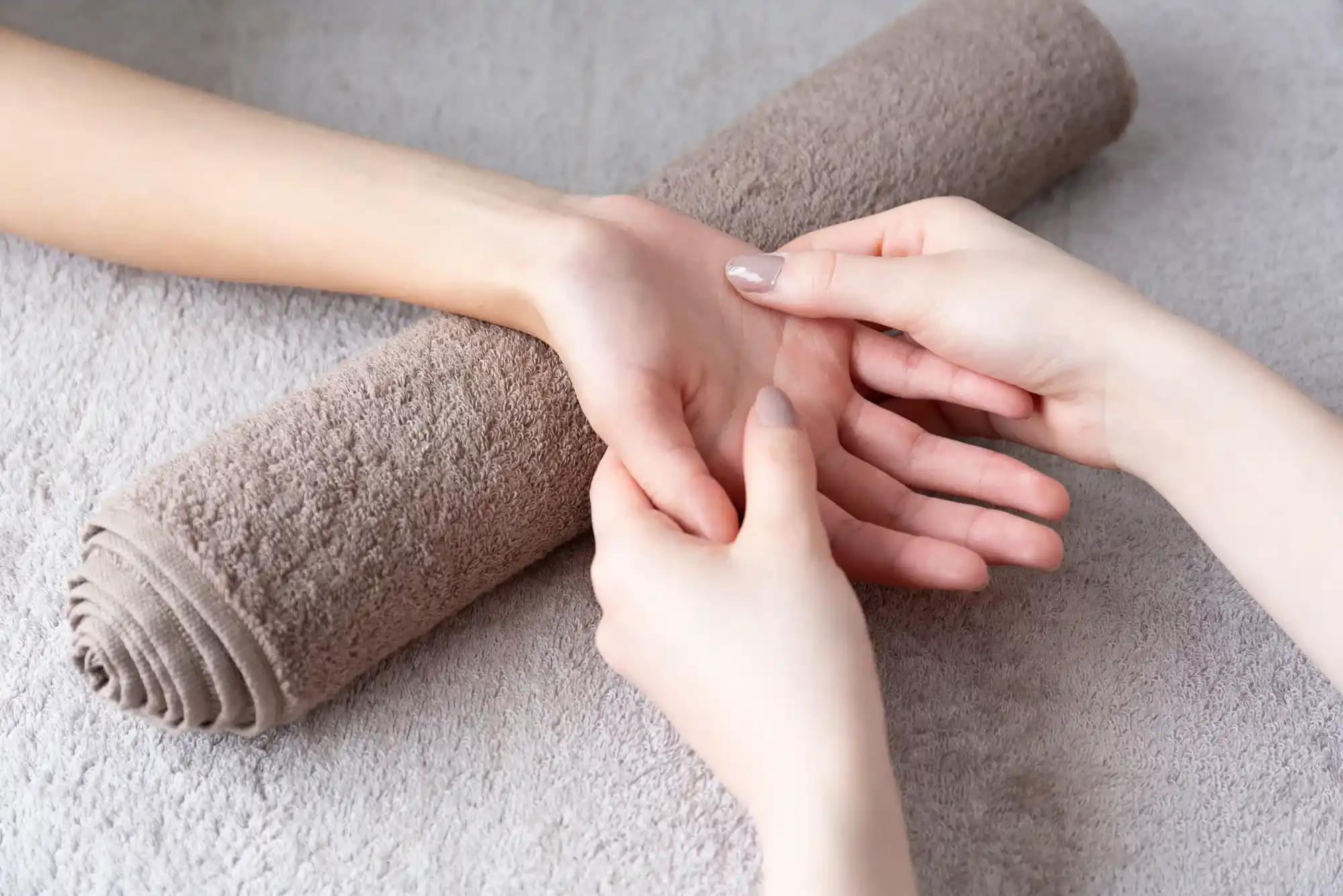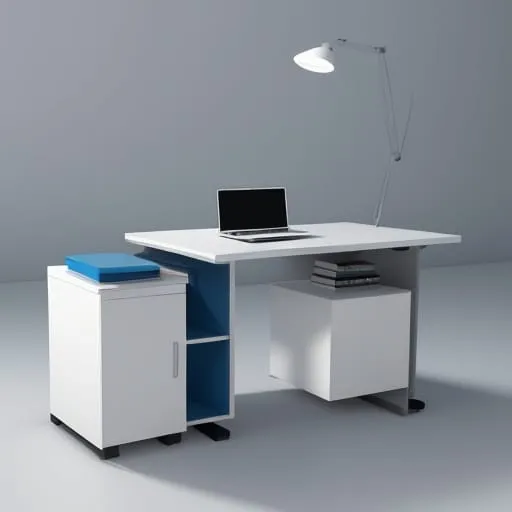Introduction
Sensory toys play a crucial role in early childhood development by engaging a child’s senses, improving cognitive abilities, and fostering emotional well-being. Designed to stimulate sight, sound, touch, taste, and smell, these toys enhance brain development and support essential skills like problem-solving, coordination, and creativity. Research indicates that sensory experiences during the early years significantly impact neural connections, shaping a child’s future learning potential. By integrating sensory play into daily routines, parents and educators can provide children with valuable opportunities for growth.
Why Are Sensory Toys Important for Child Development?
Sensory toys are designed to stimulate different senses, allowing children to explore the world around them in a hands-on way. These toys help improve motor skills, hand-eye coordination, and cognitive development. Studies have shown that children exposed to diverse sensory experiences develop better communication skills, emotional regulation, and problem-solving abilities. Moreover, sensory play fosters creativity and social skills by encouraging interaction and exploration.
Key Benefits of Sensory Toys
Sensory toys offer a range of developmental benefits, including:
Enhancing Cognitive Skills: Sensory stimulation promotes brain development and helps children grasp complex concepts more efficiently.
Improving Fine and Gross Motor Skills: Toys like textured balls and building blocks strengthen muscles and coordination.
Encouraging Language Development: Engaging with sensory materials supports vocabulary growth and verbal expression.
Boosting Emotional Regulation: Sensory experiences help children manage emotions and reduce anxiety.
Supporting Social Interaction: Shared sensory play fosters teamwork and communication.
How Sensory Toys Help Different Age Groups
Infants
Infants rely on sensory experiences to understand their surroundings. Soft, textured toys and high-contrast visuals stimulate their developing vision and touch receptors. Rattles and musical toys introduce them to auditory sensations, improving their response to sound.
Toddlers
At this stage, children develop fine motor skills and problem-solving abilities. Sensory bins, stacking blocks, and water play encourage tactile exploration, hand-eye coordination, and logical thinking.
Preschoolers
Preschoolers benefit from sensory toys that enhance creativity and social skills. Playdough, kinetic sand, and interactive musical instruments improve their ability to express themselves, collaborate, and engage in imaginative play.
How to Choose the Right Sensory Toys
Selecting the right sensory toys depends on a child’s developmental stage and interests. Consider the following factors:
Age-Appropriate Design: Ensure the toy is safe and suitable for the child’s age.
Engagement Level: Opt for toys that captivate the child’s attention and encourage exploration.
Material and Texture: Choose a variety of textures, colors, and shapes to stimulate different senses.
Educational Value: Look for toys that support learning in areas such as language, motor skills, and problem-solving.
Durability and Safety: Ensure toys are non-toxic, easy to clean, and free from choking hazards.
Guide to Introducing Sensory Toys
Identify Your Child’s Interests
Observe your child’s preferences and responses to different textures, sounds, and colors to determine the most engaging sensory toys.
Create a Sensory-Friendly Environment
Set up a play area with minimal distractions where your child can explore sensory toys freely.
Introduce Toys Gradually
Start with one or two sensory toys to avoid overwhelming your child, gradually incorporating more as they become comfortable.
Encourage Open-Ended Play
Allow your child to explore toys in multiple ways, rather than directing how they should play.
Rotate Toys Regularly
Switching out sensory toys keeps playtime exciting and maintains engagement.
Monitor Progress and Adjust
Observe how your child interacts with different toys and make adjustments to better support their developmental needs.
Where to Find Quality Sensory Toys
Looking for high-quality sensory toys? Visit Toys at Qubix, a trusted provider of innovative and educational toys for children. With a wide selection of sensory play products, Qubix ensures that children have access to safe and stimulating learning experiences.
By incorporating sensory toys into early childhood play, parents and educators can significantly enhance a child’s learning and developmental journey. Explore the best sensory toys today and watch your child thrive!
FAQs About Sensory Toys for Early Childhood Development
1. What are the best sensory toys for infants?
Soft-textured toys, rattles, high-contrast books, and teething rings are ideal for infants as they stimulate their developing senses.
2. Can sensory toys help children with autism?
Yes, sensory toys can be highly beneficial for children with autism by providing calming effects, improving focus, and enhancing sensory processing skills.
3. How often should I introduce new sensory toys to my child?
Introducing new sensory toys every few weeks helps maintain engagement while allowing children to develop familiarity and mastery over each toy.
4. Are there DIY sensory toys I can make at home?
Yes, homemade sensory bins, textured bags, and water play stations can be effective and budget-friendly alternatives to store-bought toys.
5. Where can I buy high-quality sensory toys online?
You can purchase premium sensory toys from Qubix Dubai Shop Online, a reliable platform offering a variety of educational and engaging toys for children.











